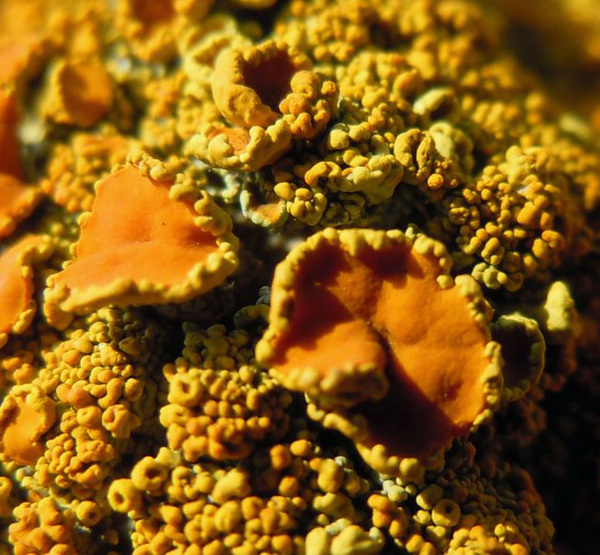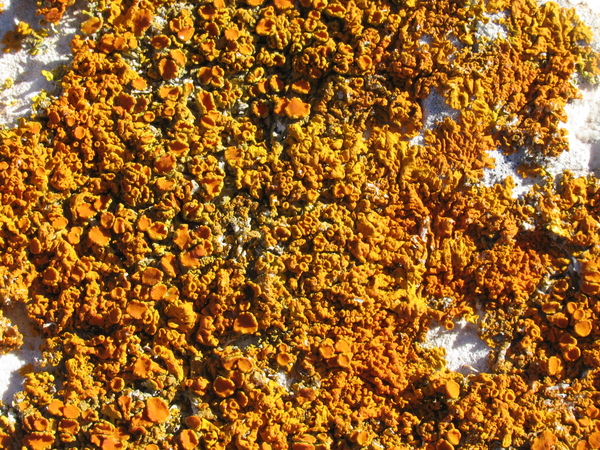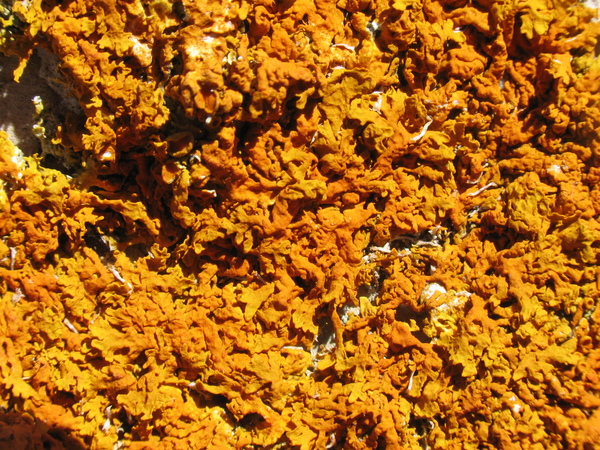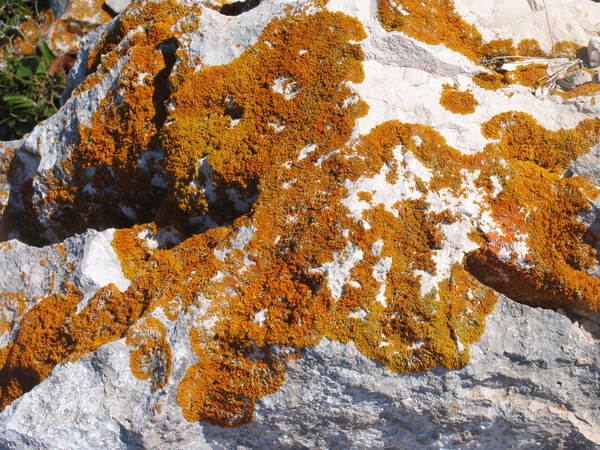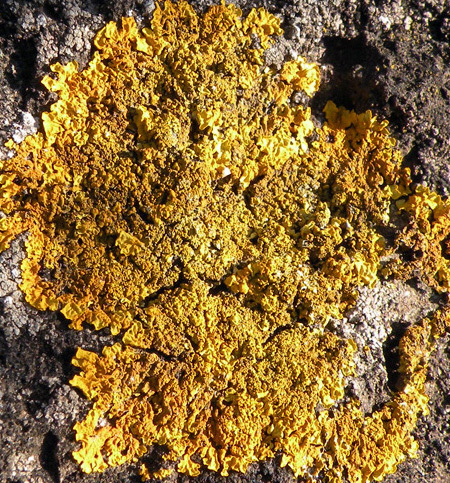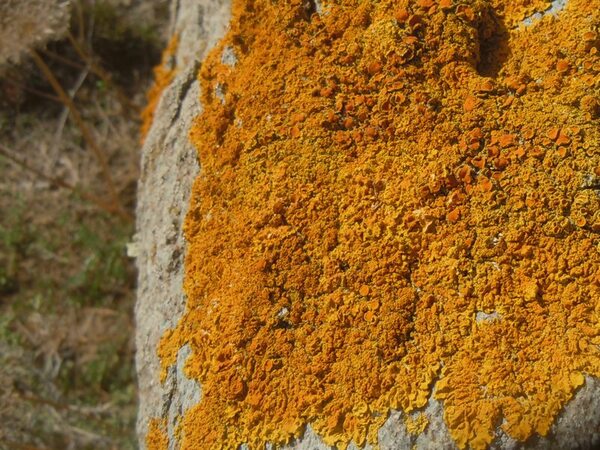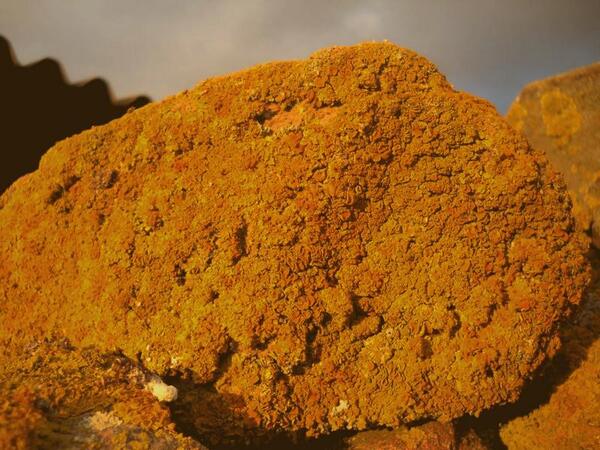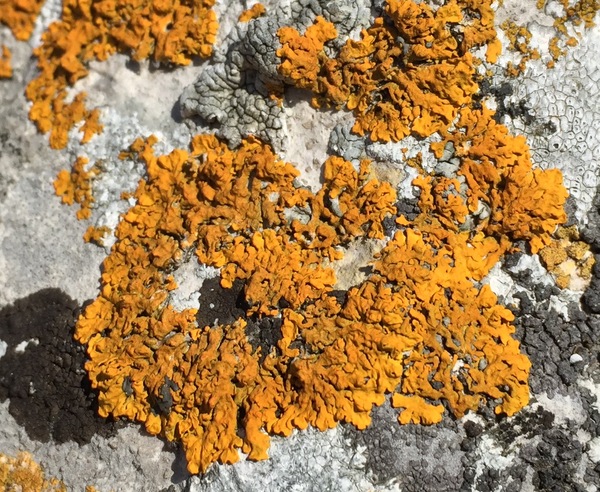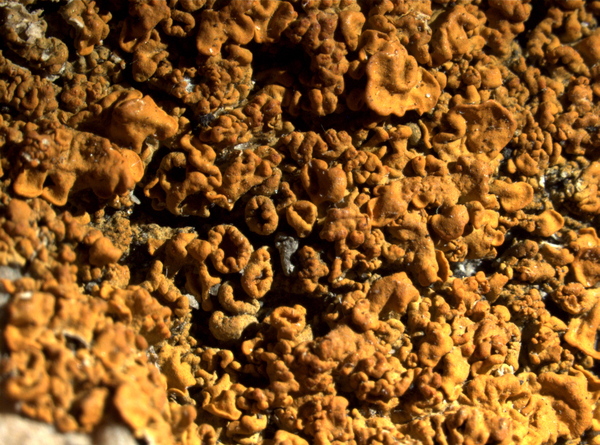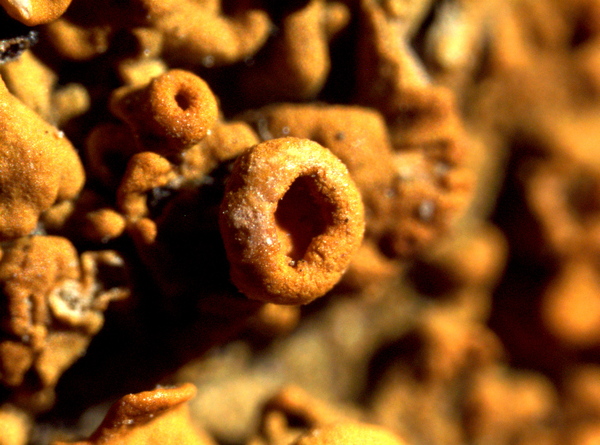Xanthoria calcicola Oxner
Viznachnik Lishainikiv URSR: 302, 1937.
Synonyms: Xanthoria aureola auct. non (Ach.) Erichsen; Xanthoria ectanea auct. ital. p.p.; Xanthoria parietina subsp. calcicola (Oxner) Clauzade & Cl. Roux; Xanthoria parietina var. aureola auct. non (Ach.) Th. Fr.
Distribution: N - VG (Castello 2002, Martellos & Castello 2004), Frl, Ven, TAA, Lomb (Valcuvia & al. 2003, De Vita & Valcuvia 2004), Piem (Valcuvia 2002, 2002b, Morisi 2005, Sandrone & al. 2009, Gazzano & al. 2009b), VA (Piervittori & Isocrono 1999), Emil (Nimis & al. 1996, Valcuvia & Savino 2000, Fariselli & al. 2020), Lig (Brunialti & al. 1999, Valcuvia & al. 2000). C - Tosc (Pišút 1997, Loppi & al. 2004c, Pasquinelli & al. 2009, Pasquinelli & Puccini 2010, Brackel 2015), Marc (Nimis & Tretiach 1999), Umb (Nimis & Tretiach 1999, Panfili 2003, Ravera & al. 2006, Genovesi 2011), Laz (Gigante & Petriccione 1995, Roccardi 2003, Pietrini & al. 2008, Zucconi & al. 2013, Brackel 2015), Abr (Nimis & Tretiach 1999), Mol (Garofalo & al. 1999, Nimis & Tretiach 1999, Caporale & al. 2008, Genovesi & Ravera 2014), Sar (Monte 1993, Nöske 2000, Piccotto & Tretiach 2010, Rizzi & al. 2011, Giordani & al. 2013, Cossu & al. 2015, Brackel & Berger 2019). S - Camp (Garofalo & al. 1999, 2010, Aprile & al. 2002, 2003b, Nimis & Tretiach 2004, Catalano & al. 2016), Pugl (Garofalo & al. 1999, Nimis & Tretiach 1999, Gianfreda & Matino 2020), Bas, Cal (Puntillo 1996), Si (Nimis & al. 1994, 1996b, Ottonello & Salone 1994, Ottonello & al. 1994, 2011, Dongarrà & al. 1995, Ottonello 1995, 1996, Grillo & al. 1996b, 2001, 2002, 2009, Monte & Ferrari 1996, Ottonello & Romano 1997, Poli & al. 1997, Soechting 1997, Catalano & al. 1997, Salamone 1997, Grillo 1998, Czeczuga & al. 1999, Clocchiatti & al. 2000, 2002, 2002b, Varrica & al. 2000, Caniglia & Grillo 2001, 2005, 2006, Mangiafico & Pitruzzello 2003, Caniglia & al. 2004, Grillo & Caniglia 2004, Brackel 2008b, 2008c, Gianguzzi & al. 2009, Cataldo & Cannavò 2014).
Description: Thallus foliose, heteromerous, dorsiventral, forming regular, up to 8(-12) cm wide rosettes, the individual thalli often coalescing to cover much larger surfaces. Lobes deep orange, more or less rough, with yellowish crystals, 2-5(-6) mm wide, 0.15-0.4 mm thick, weakly adpressed, often with an undulate surface, the central parts with knob-like, 0.3-0.6 mm wide warts which may resemble very coarse isidia, but never fall off; lower surface yellow to whitish, attached by white hapters. Upper and lower cortex paraplectenchymatous; medulla with hyphal bundles, the lower part often with strongly gelatinized, more conglutinated hyphae. Apothecia often present, lecanorine/zeorine, sessile, to 3(-4) mm across, with an urceolate to concave, yellow to orange disc, and a persistent, raised, smooth to verrucose-crenulate thalline margin. Epithecium orange-brown, K+ purple-red; hymenium colourless, c. 80 μm high; hypothecium colourless. Asci 8-spored, clavate, functionally unitunicate, apically thickened with a broad internal beak, the inner part of apex and external cap I+ blue, Teloschistes-type. Ascospores hyaline, polarilocular, ellipsoid, 10-15 x 7-9(-10) μm, the equatorial thickening (“septum”) 5-6.5 μm. Pycnidia arising on the apex of the warts as dark orange dots. Conidia ellipsoid, 2-3 x c. 1 μm. Photobiont chlorococcoid. Spot tests: thallus and apothecia K+ purple-red, C-, KC-, P-, UV+ intensely orange-red. Chemistry: parietin (major), fallacinal, emodin, teloschistin and parietinic acid.Note: a mainly Mediterranean to mild-temperate lichen found on the top of isolated calcareous and basic siliceous boulders, and (limited to the western side of the Peninsula) abundant also on roofing tiles; in strongly eutrophicated situations it can occasionally overgrow bryophytes and plant remains, and, albeit very rarely, it has also been found on dust-impregnated bark. Rarely occurring epiphytic samples growing on dust-impregnated bark may be difficult to distinguish from X. parietina; when growing together, the two species strongly differ in colour. See also note on X. aureola.
Growth form: Foliose, broad lobed
Substrata: rocks
Photobiont: green algae other than Trentepohlia
Reproductive strategy: mainly sexual
Commonnes-rarity: (info)
Alpine belt: absent
Subalpine belt: very rare
Oromediterranean belt: rare
Montane belt: rather rare
Submediterranean belt: rather common
Padanian area: very rare
Humid submediterranean belt: extremely common
Humid mediterranean belt: very common
Dry mediterranean belt: common
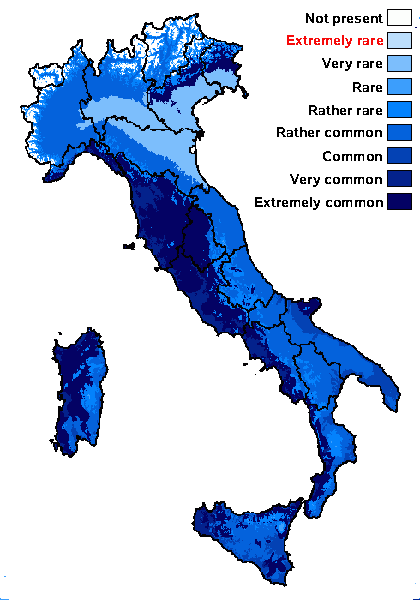
Predictive model
Herbarium samples
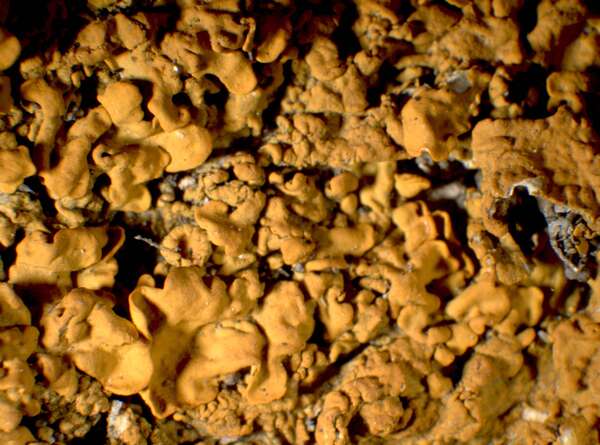

P.L. Nimis; Owner: Department of Life Sciences, University of Trieste
Herbarium: TSB (13655)
2001/12/03
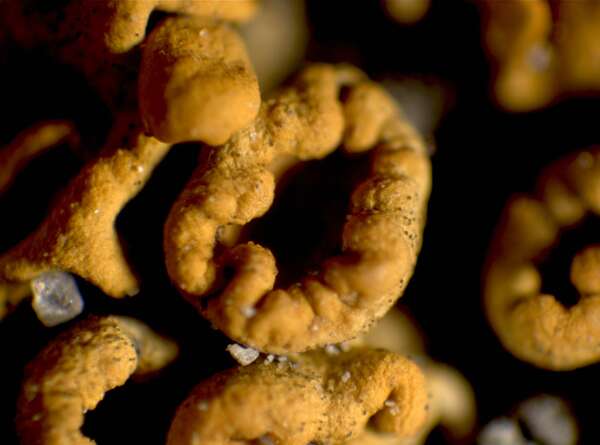

P.L. Nimis; Owner: Department of Life Sciences, University of Trieste
Herbarium: TSB (13655)
2001/12/03
detail of apothecium
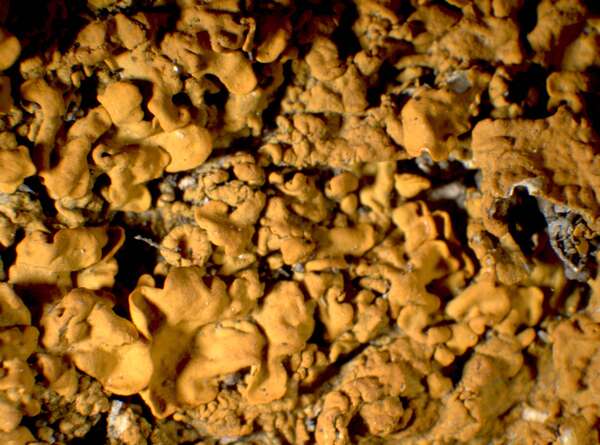

P.L. Nimis; Owner: Department of Life Sciences, University of Trieste
Herbarium: TSB (13655)
2001/12/03


Andrea Moro; Owner: Department of Life Sciences, University of Trieste
Italy, Lazio, Roma, Ruines of ancient Tusculum, above Frascati
18/03/2017
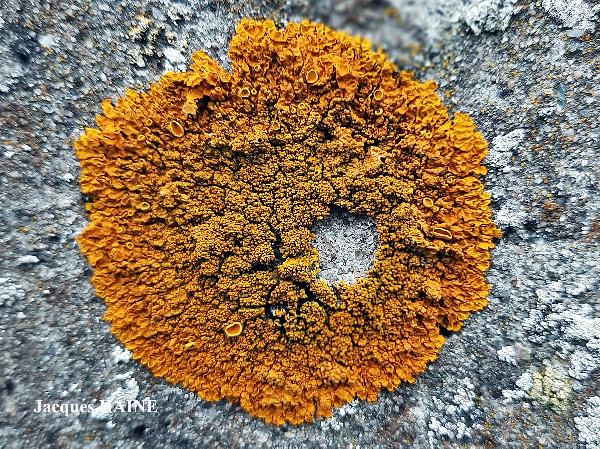
Jacques Haine - Source: http://www.lichensmaritimes.org/index.php?task=fiche&lichen=1276&lang=en
Belgium, Floreffe
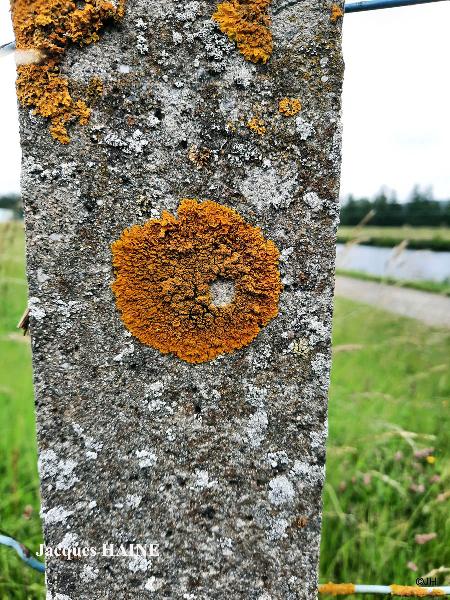
Jacques Haine - Source: http://www.lichensmaritimes.org/index.php?task=fiche&lichen=1276&lang=en
Belgium, Floreffe
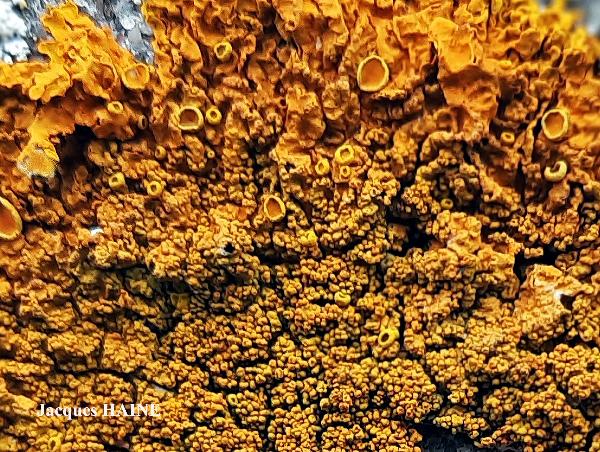
Jacques Haine - Source: http://www.lichensmaritimes.org/index.php?task=fiche&lichen=1276&lang=en
Belgium, Floreffe
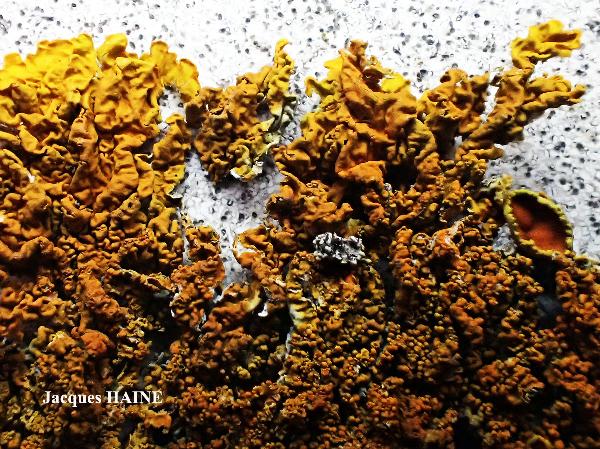
Jacques Haine - Source: http://www.lichensmaritimes.org/index.php?task=fiche&lichen=1276&lang=en
Belgium, Ardennes
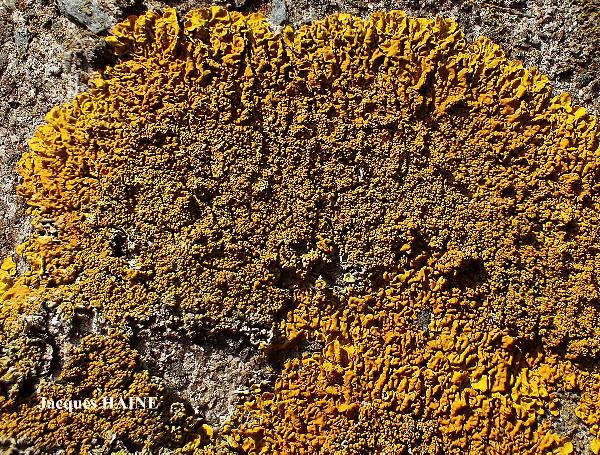
Jacques Haine - Source: http://www.lichensmaritimes.org/index.php?task=fiche&lichen=1276&lang=en
Belgium, Ardennes
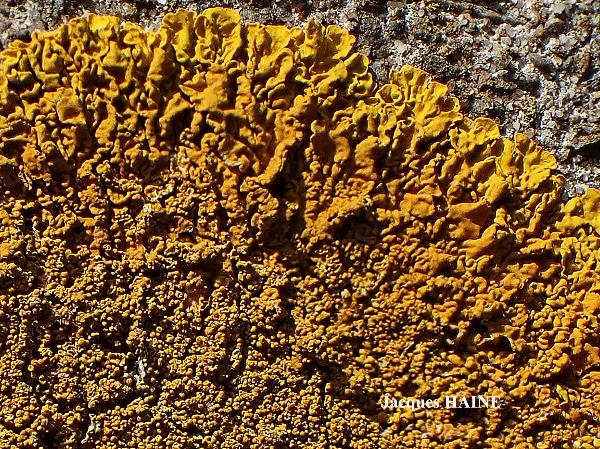
Jacques Haine - Source: http://www.lichensmaritimes.org/index.php?task=fiche&lichen=1276&lang=en
Belgium, Ardennes
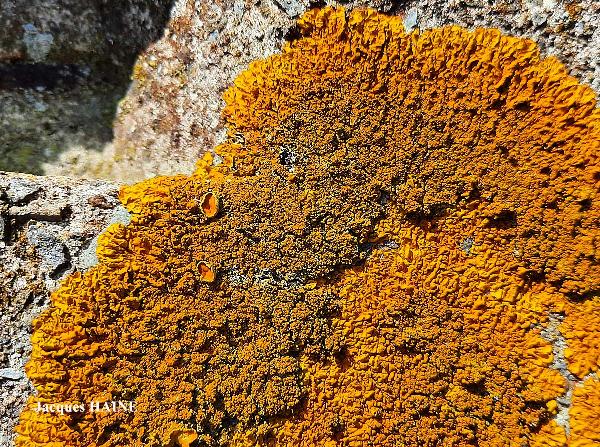
Jacques Haine - Source: http://www.lichensmaritimes.org/index.php?task=fiche&lichen=1276&lang=en
Belgium, Ardennes

Jacques Haine - Source: http://www.lichensmaritimes.org/index.php?task=fiche&lichen=1276&lang=en
Belgium, Ardennes

Bernard Bouffinier - Source: http://www.lichensmaritimes.org/index.php?task=fiche&lichen=1276&lang=en
France, Corse
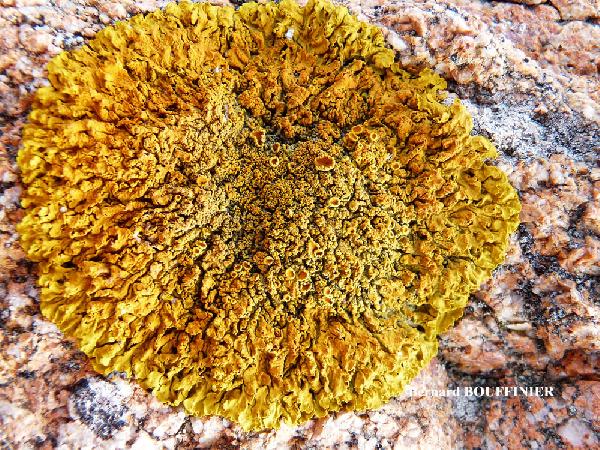
Bernard Bouffinier - Source: http://www.lichensmaritimes.org/index.php?task=fiche&lichen=1276&lang=en
Italy, Sardinia
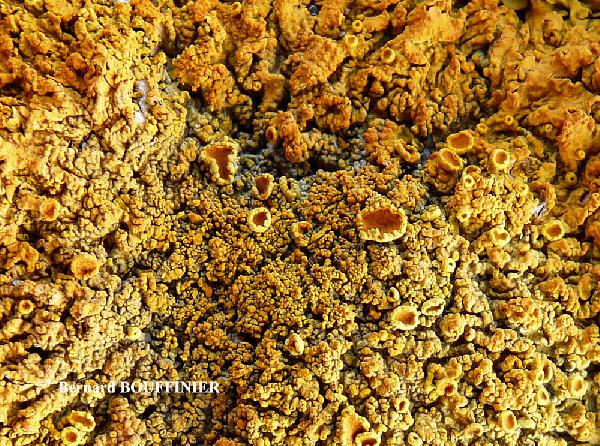
Bernard Bouffinier - Source: http://www.lichensmaritimes.org/index.php?task=fiche&lichen=1276&lang=en
Italy, Sardinia
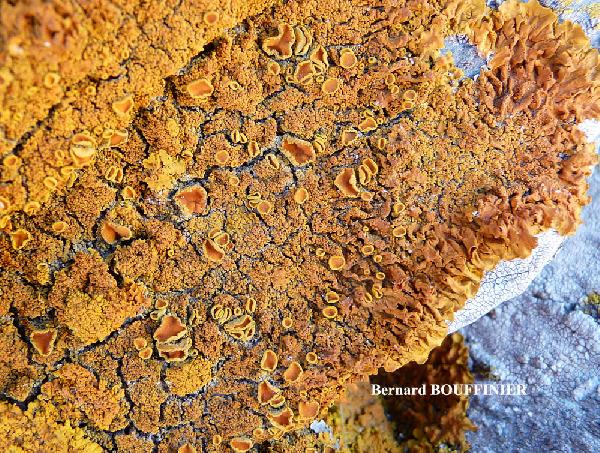
Bernard Bouffinier - Source: http://www.lichensmaritimes.org/index.php?task=fiche&lichen=1276&lang=en
Italy, Sardinia
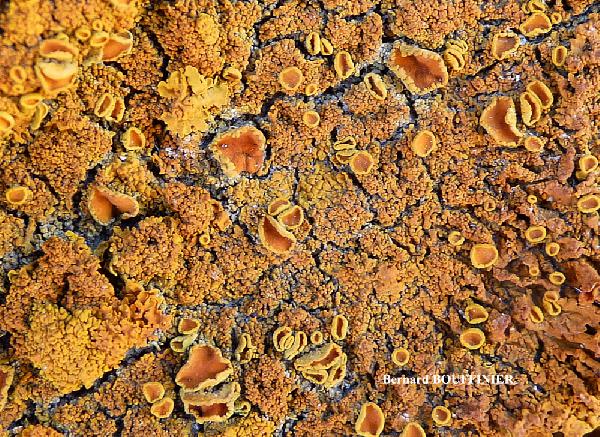
Bernard Bouffinier - Source: http://www.lichensmaritimes.org/index.php?task=fiche&lichen=1276&lang=en
Italy, Sardinia
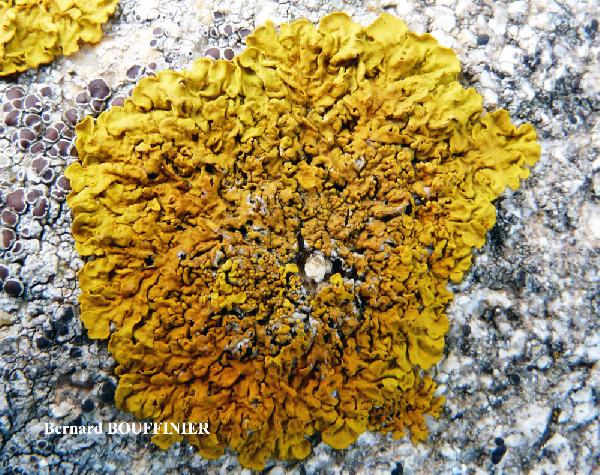
Bernard Bouffinier - Source: http://www.lichensmaritimes.org/index.php?task=fiche&lichen=1276&lang=en
Italy, Sardinia
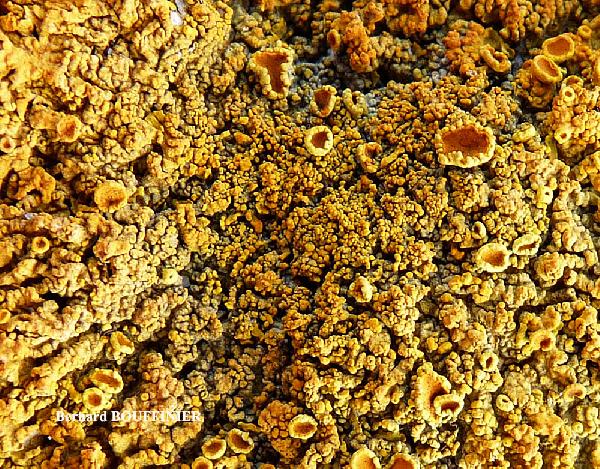
Bernard Bouffinier - Source: http://www.lichensmaritimes.org/index.php?task=fiche&lichen=1276&lang=en
Italy, Sardinia

Michel David - Source: http://www.lichensmaritimes.org/index.php?task=fiche&lichen=1276&lang=en
France, Corse, Porto Vecchio

Michel David - Source: http://www.lichensmaritimes.org/index.php?task=fiche&lichen=1276&lang=en
France, Corse, Porto Vecchio

Michel David - Source: http://www.lichensmaritimes.org/index.php?task=fiche&lichen=1276&lang=en
France, Corse, Bonifacio, La Tonnara

Michel David - Source: http://www.lichensmaritimes.org/index.php?task=fiche&lichen=1276&lang=en
France, Corse, Bonifacio, La Tonnara

Jacques Haine - Source: http://www.lichensmaritimes.org/index.php?task=fiche&lichen=1276&lang=en
Belgium, Ardennes
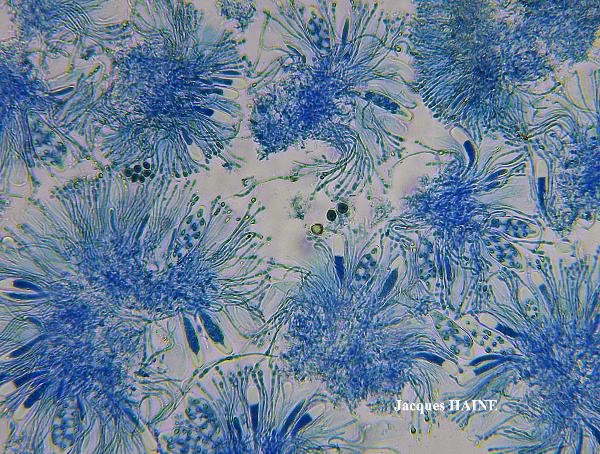
Jacques Haine - Source: http://www.lichensmaritimes.org/index.php?task=fiche&lichen=1276&lang=en
Belgium, Ardennes

Jacques Haine - Source: http://www.lichensmaritimes.org/index.php?task=fiche&lichen=1276&lang=en
Belgium, Ardennes
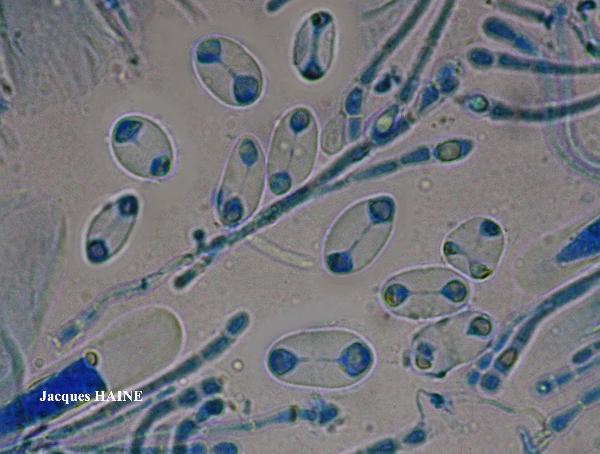
Jacques Haine - Source: http://www.lichensmaritimes.org/index.php?task=fiche&lichen=1276&lang=en
Belgium, Ardennes
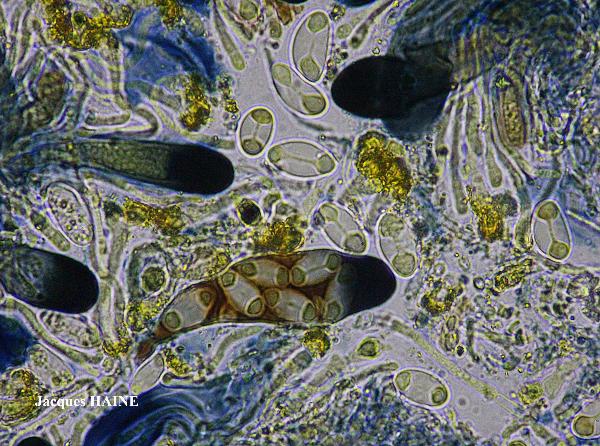
Jacques Haine - Source: http://www.lichensmaritimes.org/index.php?task=fiche&lichen=1276&lang=en
Belgium, Ardennes
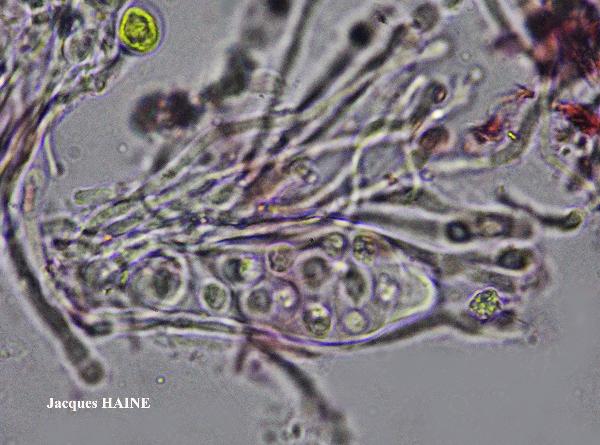
Jacques Haine - Source: http://www.lichensmaritimes.org/index.php?task=fiche&lichen=1276&lang=en
Belgium, Ardennes
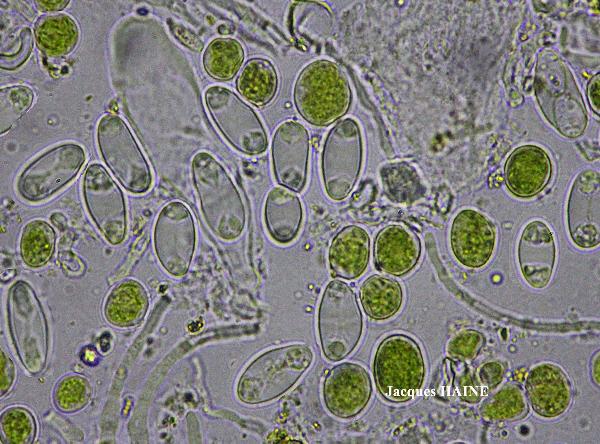
Jacques Haine - Source: http://www.lichensmaritimes.org/index.php?task=fiche&lichen=1276&lang=en
Belgium, Ardennes


Felix Schumm - CC BY-SA 4.0
[8671], Portugal, Madeira. bei Portinho Flores zwischen Gaula und
Canico de Baixo, 32°39.108’ N, 16°49.056’ W, 45 m, trockene, sonnige,
küstennahe Lavafelsen. Leg. F. Schumm 16.04.2001, det.
S.Y.Kondratyuk.
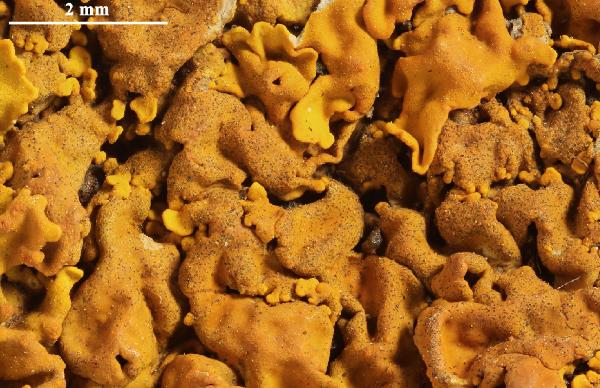

Felix Schumm - CC BY-SA 4.0
[8671], Portugal, Madeira. bei Portinho Flores zwischen Gaula und
Canico de Baixo, 32°39.108’ N, 16°49.056’ W, 45 m, trockene, sonnige,
küstennahe Lavafelsen. Leg. F. Schumm 16.04.2001, det.
S.Y.Kondratyuk.


Felix Schumm - CC BY-SA 4.0
[8671], Portugal, Madeira. bei Portinho Flores zwischen Gaula und
Canico de Baixo, 32°39.108’ N, 16°49.056’ W, 45 m, trockene, sonnige,
küstennahe Lavafelsen. Leg. F. Schumm 16.04.2001, det.
S.Y.Kondratyuk.
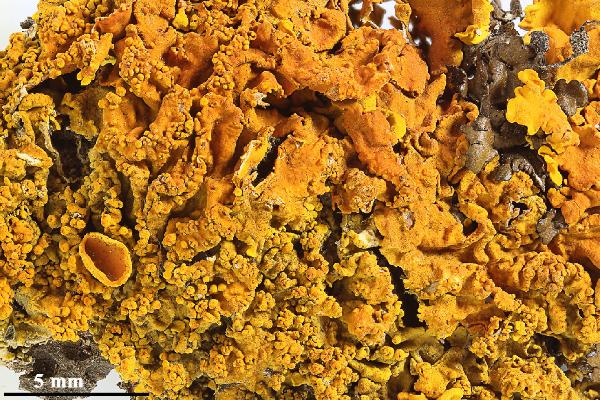

Felix Schumm - CC BY-SA 4.0
[10303], Spanien, Kanaren, La Gomera, westlich von San Sebastian
nicht weit vor der Abzweigung nach Playa Santiago. 28°05.744' N,
17°10.290' W, 840 m, Basaltblöcke in einem reich mit Kleinia bewachsenen
SO-Abhanges, licht-, wind-, nebeloffen, mit viel Ramalina und
Roccella. Leg. F. Schumm 17.04.2003, det. A. Aptroot, 2021.


Felix Schumm - CC BY-SA 4.0
[10303], Spanien, Kanaren, La Gomera, westlich von San Sebastian
nicht weit vor der Abzweigung nach Playa Santiago. 28°05.744' N,
17°10.290' W, 840 m, Basaltblöcke in einem reich mit Kleinia bewachsenen
SO-Abhanges, licht-, wind-, nebeloffen, mit viel Ramalina und
Roccella. Leg. F. Schumm 17.04.2003, det. A. Aptroot, 2021.
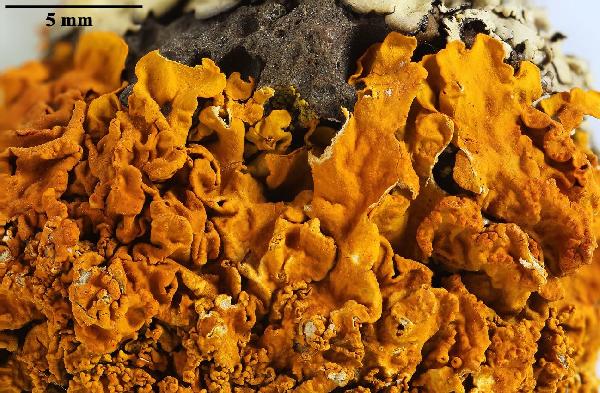

Felix Schumm - CC BY-SA 4.0
[10303], Spanien, Kanaren, La Gomera, westlich von San Sebastian
nicht weit vor der Abzweigung nach Playa Santiago. 28°05.744' N,
17°10.290' W, 840 m, Basaltblöcke in einem reich mit Kleinia bewachsenen
SO-Abhanges, licht-, wind-, nebeloffen, mit viel Ramalina und
Roccella. Leg. F. Schumm 17.04.2003, det. A. Aptroot, 2021.
Growth form: Foliose, broad lobed
Substrata: rocks
Photobiont: green algae other than Trentepohlia
Reproductive strategy: mainly sexual
Commonnes-rarity: (info)
Alpine belt: absent
Subalpine belt: very rare
Oromediterranean belt: rare
Montane belt: rather rare
Submediterranean belt: rather common
Padanian area: very rare
Humid submediterranean belt: extremely common
Humid mediterranean belt: very common
Dry mediterranean belt: common

Predictive model
| Herbarium samples |


P.L. Nimis; Owner: Department of Life Sciences, University of Trieste
Herbarium: TSB (13655)
2001/12/03


P.L. Nimis; Owner: Department of Life Sciences, University of Trieste
Herbarium: TSB (13655)
2001/12/03
detail of apothecium


P.L. Nimis; Owner: Department of Life Sciences, University of Trieste
Herbarium: TSB (13655)
2001/12/03


Andrea Moro; Owner: Department of Life Sciences, University of Trieste
Italy, Lazio, Roma, Ruines of ancient Tusculum, above Frascati
18/03/2017

Jacques Haine - Source: http://www.lichensmaritimes.org/index.php?task=fiche&lichen=1276&lang=en
Belgium, Floreffe

Jacques Haine - Source: http://www.lichensmaritimes.org/index.php?task=fiche&lichen=1276&lang=en
Belgium, Floreffe

Jacques Haine - Source: http://www.lichensmaritimes.org/index.php?task=fiche&lichen=1276&lang=en
Belgium, Floreffe

Jacques Haine - Source: http://www.lichensmaritimes.org/index.php?task=fiche&lichen=1276&lang=en
Belgium, Ardennes

Jacques Haine - Source: http://www.lichensmaritimes.org/index.php?task=fiche&lichen=1276&lang=en
Belgium, Ardennes

Jacques Haine - Source: http://www.lichensmaritimes.org/index.php?task=fiche&lichen=1276&lang=en
Belgium, Ardennes

Jacques Haine - Source: http://www.lichensmaritimes.org/index.php?task=fiche&lichen=1276&lang=en
Belgium, Ardennes

Jacques Haine - Source: http://www.lichensmaritimes.org/index.php?task=fiche&lichen=1276&lang=en
Belgium, Ardennes

Bernard Bouffinier - Source: http://www.lichensmaritimes.org/index.php?task=fiche&lichen=1276&lang=en
France, Corse

Bernard Bouffinier - Source: http://www.lichensmaritimes.org/index.php?task=fiche&lichen=1276&lang=en
Italy, Sardinia

Bernard Bouffinier - Source: http://www.lichensmaritimes.org/index.php?task=fiche&lichen=1276&lang=en
Italy, Sardinia

Bernard Bouffinier - Source: http://www.lichensmaritimes.org/index.php?task=fiche&lichen=1276&lang=en
Italy, Sardinia

Bernard Bouffinier - Source: http://www.lichensmaritimes.org/index.php?task=fiche&lichen=1276&lang=en
Italy, Sardinia

Bernard Bouffinier - Source: http://www.lichensmaritimes.org/index.php?task=fiche&lichen=1276&lang=en
Italy, Sardinia

Bernard Bouffinier - Source: http://www.lichensmaritimes.org/index.php?task=fiche&lichen=1276&lang=en
Italy, Sardinia

Michel David - Source: http://www.lichensmaritimes.org/index.php?task=fiche&lichen=1276&lang=en
France, Corse, Porto Vecchio

Michel David - Source: http://www.lichensmaritimes.org/index.php?task=fiche&lichen=1276&lang=en
France, Corse, Porto Vecchio

Michel David - Source: http://www.lichensmaritimes.org/index.php?task=fiche&lichen=1276&lang=en
France, Corse, Bonifacio, La Tonnara

Michel David - Source: http://www.lichensmaritimes.org/index.php?task=fiche&lichen=1276&lang=en
France, Corse, Bonifacio, La Tonnara

Jacques Haine - Source: http://www.lichensmaritimes.org/index.php?task=fiche&lichen=1276&lang=en
Belgium, Ardennes

Jacques Haine - Source: http://www.lichensmaritimes.org/index.php?task=fiche&lichen=1276&lang=en
Belgium, Ardennes

Jacques Haine - Source: http://www.lichensmaritimes.org/index.php?task=fiche&lichen=1276&lang=en
Belgium, Ardennes

Jacques Haine - Source: http://www.lichensmaritimes.org/index.php?task=fiche&lichen=1276&lang=en
Belgium, Ardennes

Jacques Haine - Source: http://www.lichensmaritimes.org/index.php?task=fiche&lichen=1276&lang=en
Belgium, Ardennes

Jacques Haine - Source: http://www.lichensmaritimes.org/index.php?task=fiche&lichen=1276&lang=en
Belgium, Ardennes

Jacques Haine - Source: http://www.lichensmaritimes.org/index.php?task=fiche&lichen=1276&lang=en
Belgium, Ardennes


Felix Schumm - CC BY-SA 4.0
[8671], Portugal, Madeira. bei Portinho Flores zwischen Gaula und Canico de Baixo, 32°39.108’ N, 16°49.056’ W, 45 m, trockene, sonnige, küstennahe Lavafelsen. Leg. F. Schumm 16.04.2001, det. S.Y.Kondratyuk.


Felix Schumm - CC BY-SA 4.0
[8671], Portugal, Madeira. bei Portinho Flores zwischen Gaula und Canico de Baixo, 32°39.108’ N, 16°49.056’ W, 45 m, trockene, sonnige, küstennahe Lavafelsen. Leg. F. Schumm 16.04.2001, det. S.Y.Kondratyuk.


Felix Schumm - CC BY-SA 4.0
[8671], Portugal, Madeira. bei Portinho Flores zwischen Gaula und Canico de Baixo, 32°39.108’ N, 16°49.056’ W, 45 m, trockene, sonnige, küstennahe Lavafelsen. Leg. F. Schumm 16.04.2001, det. S.Y.Kondratyuk.


Felix Schumm - CC BY-SA 4.0
[10303], Spanien, Kanaren, La Gomera, westlich von San Sebastian nicht weit vor der Abzweigung nach Playa Santiago. 28°05.744' N, 17°10.290' W, 840 m, Basaltblöcke in einem reich mit Kleinia bewachsenen SO-Abhanges, licht-, wind-, nebeloffen, mit viel Ramalina und Roccella. Leg. F. Schumm 17.04.2003, det. A. Aptroot, 2021.


Felix Schumm - CC BY-SA 4.0
[10303], Spanien, Kanaren, La Gomera, westlich von San Sebastian nicht weit vor der Abzweigung nach Playa Santiago. 28°05.744' N, 17°10.290' W, 840 m, Basaltblöcke in einem reich mit Kleinia bewachsenen SO-Abhanges, licht-, wind-, nebeloffen, mit viel Ramalina und Roccella. Leg. F. Schumm 17.04.2003, det. A. Aptroot, 2021.


 INDEX FUNGORUM
INDEX FUNGORUM
 GBIF
GBIF
 DOLICHENS
DOLICHENS
